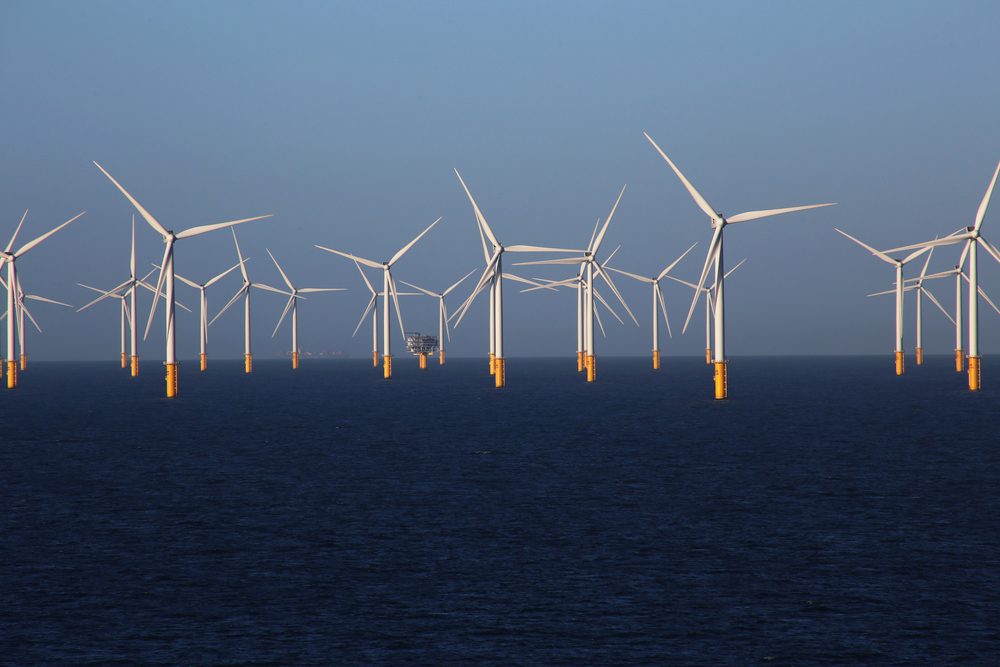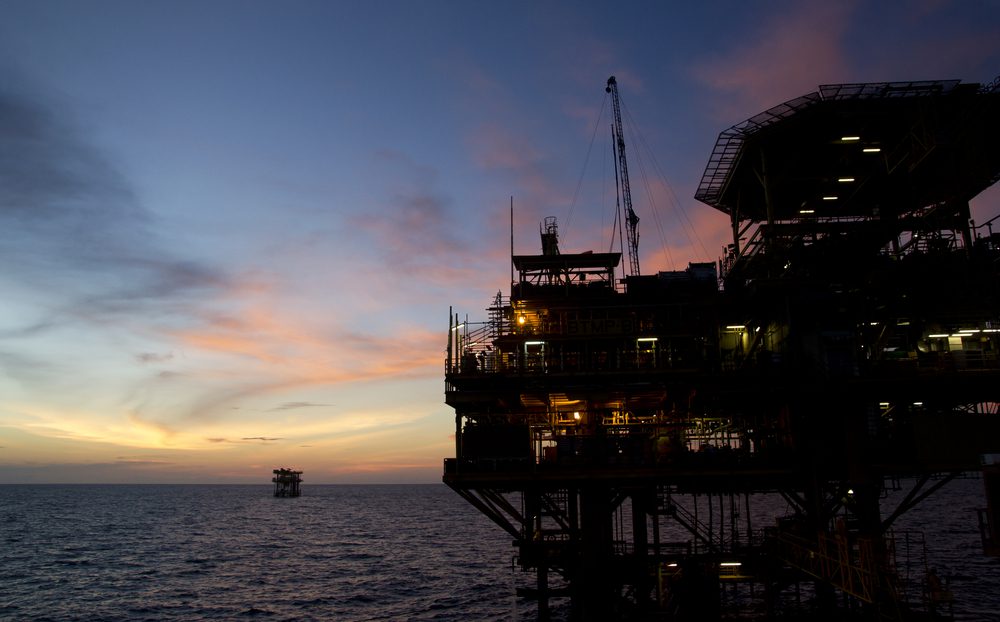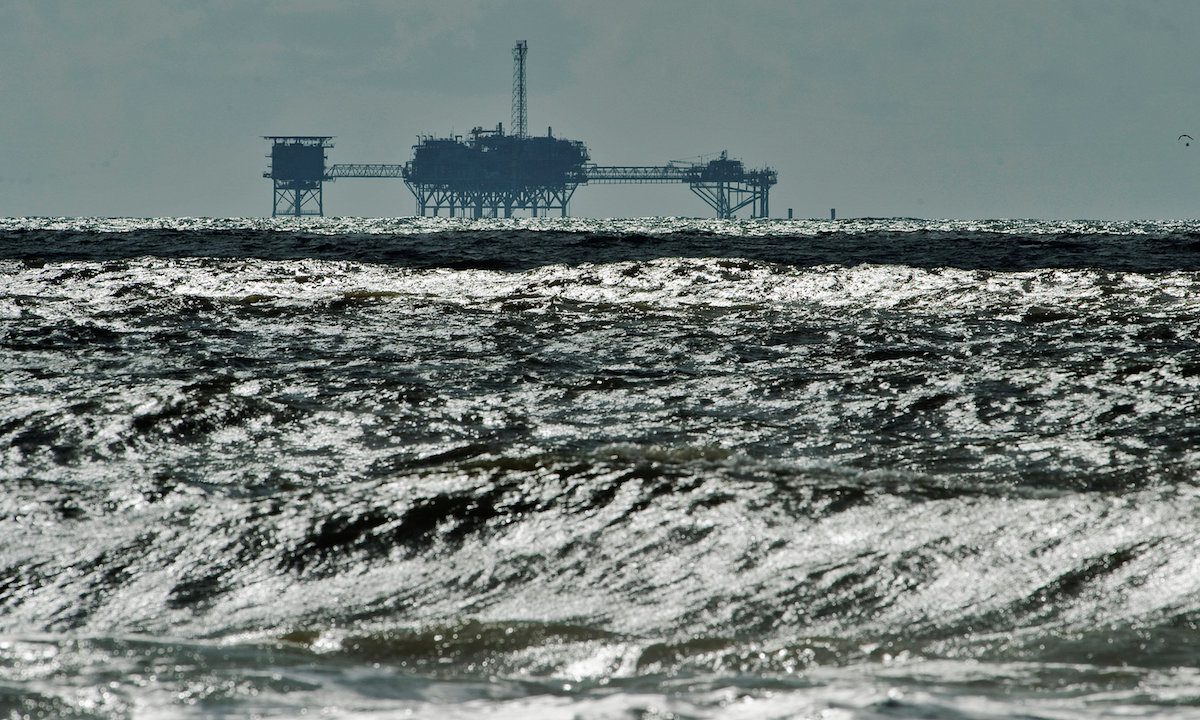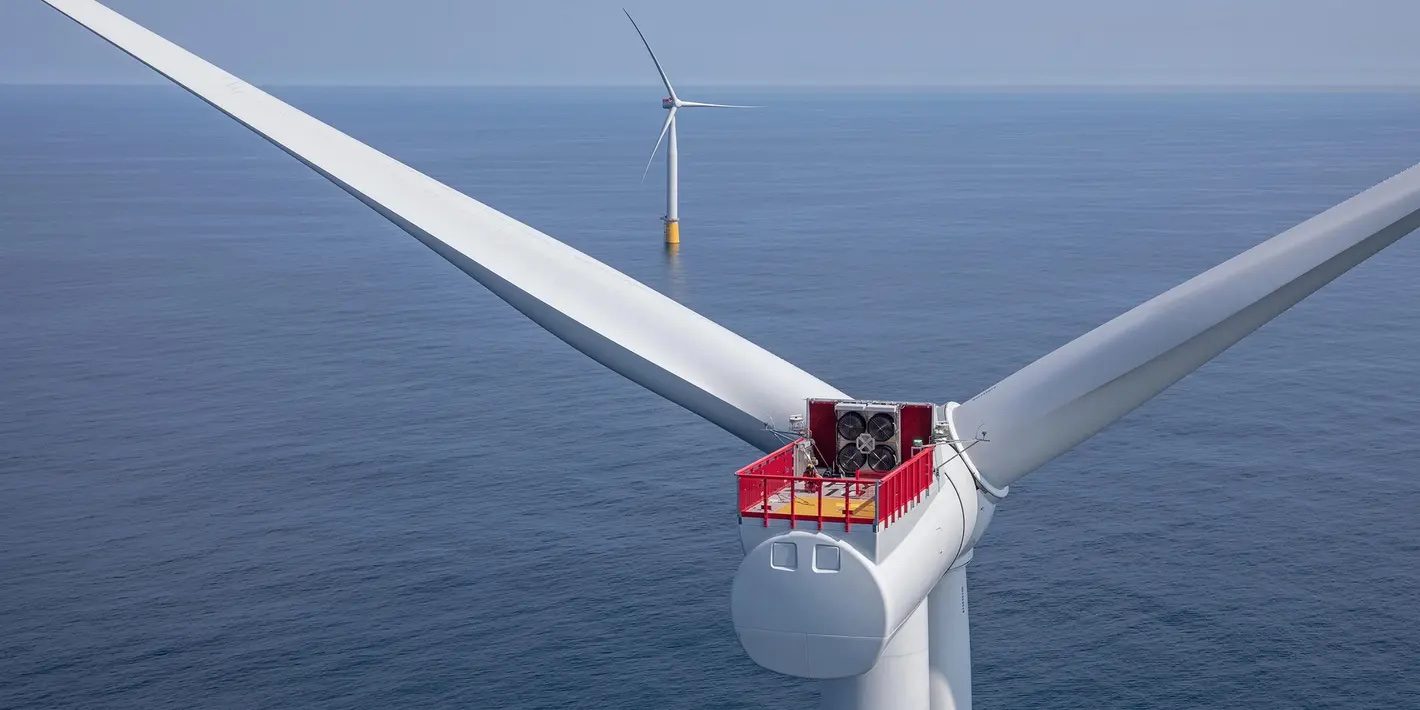By Sing Yee Ong (Bloomberg) —
Japanese companies are dropping out of offshore wind projects in Taiwan, one of fastest growing markets for the technology, as rising costs and worsening delays plunge the industry into deeper trouble worldwide.
Oil refiner Eneos Holdings Inc. said last week it may exit the Yunlin Offshore Wind Project in the Taiwan Strait, after regional utility Shikoku Electric Power Co. decided to pull out of the same project due to delays threatening its profitability. Electricity generator Jera Co. announced it completed the sale of its stake in Formosa 3, another Taiwanese offshore wind project, in June.
“The withdrawal of companies indicate that the attractive proposition of Taiwan’s offshore wind is diminishing, which might affect investor confidence in the sector,” said Chenyuan Diao, managing consultant for power and renewables research at Wood Mackenzie Ltd.
Wind Power Industry Blown Off-Course
Taiwan’s wind farms are part of a plan to increase the proportion of its electricity coming from renewables to 20% by 2025, from 8% last year. It aims to have 5.7 gigawatts of offshore wind capacity by then, compared with 2.1 gigawatts now. The island is also looking to increase its use of natural gas, cut coal and eliminate nuclear power, but is falling behind schedule on its targets.
Diao said that fewer players in the market reduces competition and leads to undersubscription in tenders, and could jeopardize Taiwan’s targets.
The troubles in Taiwan’s wind industry compound a crisis that has already hit other parts of the world, as the after-effects of the Covid-19 pandemic push up the cost of labor and borrowing. While many businesses are able to offset cost changes by raising prices, many wind developments find themselves locked into contracts to sell power at rates set years ago.
Denmark’s Orsted A/S withdrew from a a partnership developing offshore wind in Norway this week on rising costs, while BP Plc and Norway’s Equinor ASA recently took large impairments on projects. US-based public utility Eversource Energy also incurred a $331 million after-tax impairment charge in the second quarter for its offshore wind operations.
In Taiwan, rigid requirements mandating developers procure 60% of their equipment from local manufacturers make projects even more expensive, sometimes doubling costs. The rules can lead to a sharp rise in offshore tariffs, saddling ratepayers with higher prices and bringing delays in installations, BloombergNEF Analyst Leo Wang said in a report this month.
Less experienced suppliers in new offshore wind markets also often offer products that are more expensive than their international peers and of lower quality, he said.
© 2023 Bloomberg L.P.

 Join The Club
Join The Club











